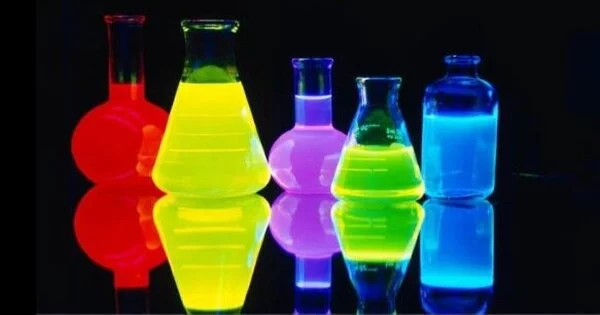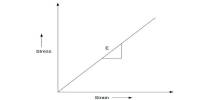Photoluminescence is a phenomenon in which a material emits light after absorbing photons. It is a type of luminescence, which refers to the emission of light from a substance that has absorbed energy from an external source. Photoluminescence occurs when a material absorbs photons, typically from a light source, and then re-emits the absorbed energy as light.
Photoluminescence is light emission from any form of matter after the absorption of photons (electromagnetic radiation). It is one of many forms of luminescence (light emission) and is initiated by photoexcitation (i.e. photons that excite electrons to a higher energy level in an atom), hence the prefix photo-. Following excitation, various relaxation processes typically occur in which other photons are re-radiated.
The process of photoluminescence involves several steps. When a material is exposed to photons with sufficient energy, the photons are absorbed by the material’s atoms or molecules, causing them to transition to higher energy levels or excited states. These excited states are unstable, and the atoms or molecules quickly return to their original energy levels or ground states. During this transition, the excess energy is released as photons, which are emitted as light.
Time periods between absorption and emission may vary: ranging from short femtosecond-regime for emission involving free-carrier plasma in inorganic semiconductors up to milliseconds for phosphoresence processes in molecular systems; and under special circumstances, delay of emission may even span to minutes or hours.
Observation of photoluminescence at a certain energy can be viewed as an indication that an electron populated an excited state associated with this transition energy.
While this is generally true in atoms and similar systems, correlations and other more complex phenomena also act as sources for photoluminescence in many-body systems such as semiconductors. A theoretical approach to handle this is given by the semiconductor luminescence equations.
There are two main types of photoluminescence: fluorescence and phosphorescence.
- Fluorescence: Fluorescence is characterized by the almost instantaneous emission of light following photon absorption. When the excited state is relatively short-lived, typically in the nanosecond range, the light emitted ceases shortly after the excitation source is removed. This property is frequently used in fluorescent lighting, fluorescent dyes, and biological imaging.
- Phosphorescence: Phosphorescence is similar to fluorescence but has a longer duration of emission. Even after the excitation source is removed, the excited state can last for milliseconds to hours. This delayed emission is caused by a process known as intersystem crossing, in which the excited state transitions to a lower energy spin state. Phosphorescent materials are commonly used in products that glow in the dark, such as toys, safety signs, and exit signs.
















